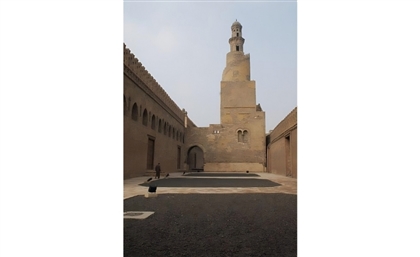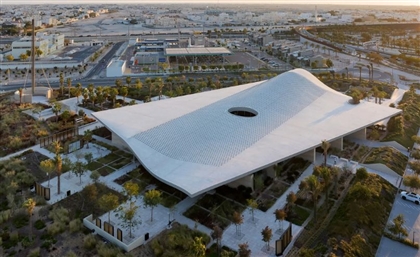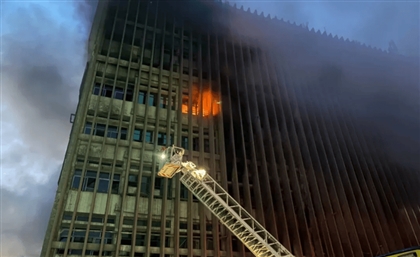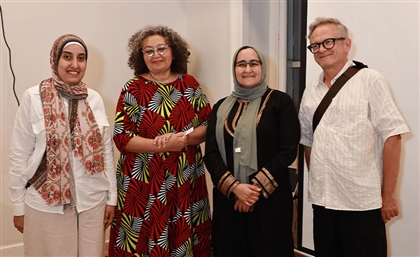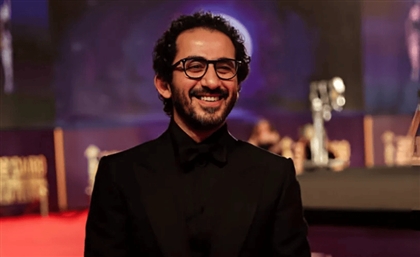Liberate Your Soul and Visit These Five Mystic Spots in Cairo
With the Egyptian government having recently lifted COVID-19 restrictions on various mausoleums and mosques, we’ve taken it upon ourselves to focus on five of Cairo’s mystic destinations.
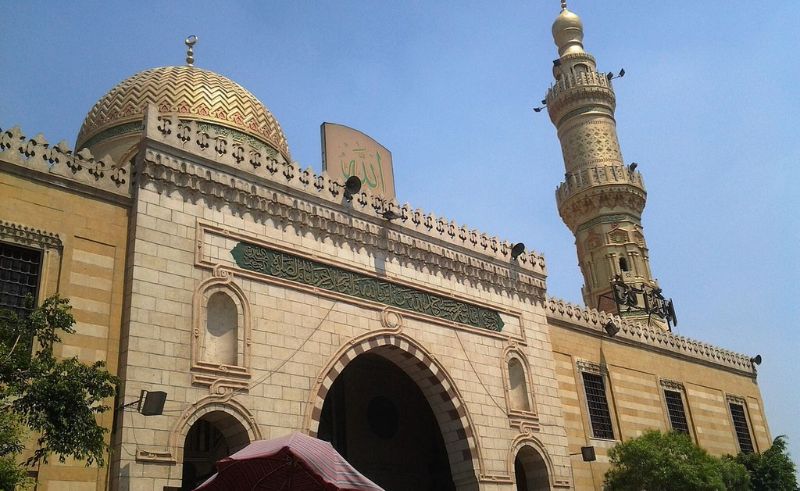
Mysticism as a concept largely revolves around the idea of becoming one with God, usually through a series of spiritual and religious rituals that lead to an altered state of consciousness or euphoria, allowing one to surrender themselves to God. It means liberating yourself from the material world and all its temptations, to let your soul become unburdened of the anxieties of life, and to allow yourself to experience the bliss that comes with it all. A righteous man was asked: “If your Lord shoots us with the arrows of Fate and they hit us, how can I survive?” To which he replied: “Be next to the archer, and you will survive.”
Egypt has over 12,000 mystic spots scattered throughout the country. Whether they’re in the city or the suburbs, the desert or the sea, up north or down south, you’re always bound to stumble upon a mosque, a zawiya, a shrine, or a mausoleum. With the Egyptian government having recently lifted COVID-19 restrictions on various mausoleums and mosques of cultural importance, we’ve taken it upon ourselves to focus on five of Cairo’s mystic destinations, and show what it is that makes them worth visiting through a historical and spiritual lens.
Wadi Al-Mustada’feen Shrine & Mosque
While it looks like a palace straight out of your favourite One Thousand and One Nights imaginations, this structure looming over the Autostrad on the way to or from Maadi is not a castle at all, but a mosque. Built in 1538 AD during the Ottoman Empire’s reign over Egypt, the Wadi Al-Mustada’feen Mosque - also known as the Shaheen Al-Khalouti Mosque - is a mosque of a unique architectural design for Islamic monuments, seeing as it was built by carving it into the mountain itself, much like how the Temple of Hatshepsut was constructed. The mosque’s annexes include Sufi dwellings, carved tombs, a water cistern and an empty house, in addition to a group of caves carved in rock on different levels of the mountain.
Al-Hussein Shrine & Mosque
The Imam Hussein Bin Ali Mosque is located in Old Cairo, in a neighbourhood named after the Imam himself, near Khan Al-Khalili and Al-Azhar Mosque. The Mosque was named as such due to a predominant belief that the head of Hussein bin Ali (the grandchild of Prophet Muhammad) is buried there, having been allegedly moved from Asqalan, Palestine to Cairo, Egypt during Fatimid rule. Not only is the Al-Hussein Shrine of cultural significance to Egyptians, it is an important religious site to Muslims everywhere.
Al-Matrawi Shrine & Mosque
Within a main street that connects Al-Matareya and Al-Masala lies the Al-Matrawi Shrine and Mosque. Al-Matrawi’s identity and story are largely unknown, and in spite of that the people of Al-Matareya are staunch supporters of this man, who is followed by those who follow the Sufi paths or who simply love A’al Al-Beit (“Lovers of the house of Prophet Muhammad”). It is also believed that he was the Imam of the Great Mosque of Mecca, a Shari’a scholar, and a descendant of A’al Al-Beit. While he was allegedly born in Fez, Morocco, Al-Matrawi is said to have moved to Cairo, Egypt and devoted his life to teaching the people about Islam, gaining a large following by spreading messages of its malleability, its justice, and its mercy.
Al-Tikiyyah Al-Mawlawiyah
Al-Tikiyyah Al-Mawlawiya is a spiritual site for mystics located on Sioufia Street in the Helmeya neighbourhood of Old Cairo. A Tikiyyah is a type of hospice or shelter originating from the Ottoman Empire, built specifically for Sufi mystics, religious and spiritual ascetics, and struggling passers-by. ‘Mawlawiyah’ is the term made to refer to the Sufi order founded by famous Persian Sufi poet, Jalal Al-Din Rumi, also known as Mawlana (“Our master”). Al-Tikiyyah Al-Mawlawiyah, therefore, is the area where Mawlawiyah followers and practitioners were allowed to perform their ascetic practices by the Ottoman Empire.
Ibn Ata Allah al-Sakandari Shrine & Mosque
Located near Khilwet Al-Sayyeda Nafisa, through Al-Darrasa and straight into Al-Ibajiyah, lies the shrine and mosque of Ibn Ata Allah al-Sakandari, originally built on the zawiya (secluded praying area) where al-Sakandari used to worship. Ibn Ata Allah al-Sakandari was a Maliki jurist and mystic pillar of the Shadhili Sufi order and a revered scholar who made it his life’s mission to make religious knowledge accessible by talking to the people in their language every week, allowing an energy of camaraderie and love to permeate his lectures and speeches, which gained him not only people’s love, but also their devotion
- Previous Article HOW (NOT) TO GO TO A PING PONG SHOW
- Next Article Photopia is Taking Their Famed 'Photo Week' to El Gouna This July








